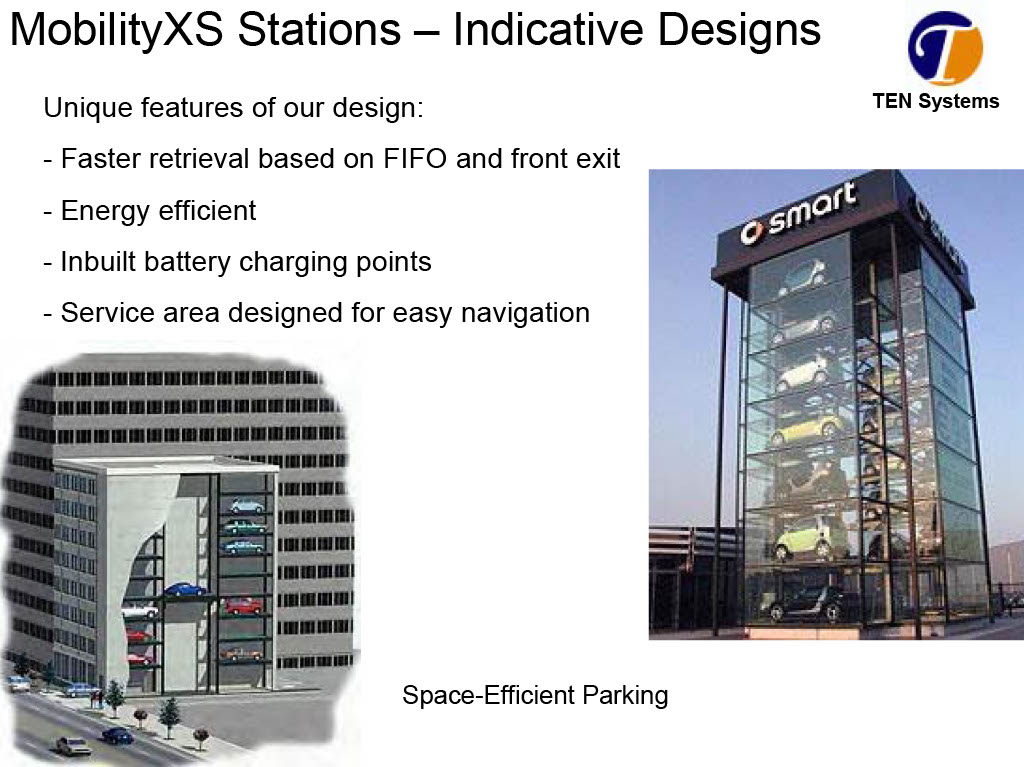


























Update: 14 July 2023
Why is Delhi flooding?
One line answer. Maniacal and mindless automobile-dependent land use development.
- In the 22-km stretch of the Yamuna, from Wazirabad barrage to Okhla barrage in Delhi, there are 25 bridges at an average distance of 800 metres. The bridges obstruct the smooth passage of flood water and affect the hydrology of the river.
- At the western side of Yamuna, at ITO, there is no floodplain, as the 5-km floodplain and the catchment wetlands, has been encroached upon for development. Huge dumps of solid waste remain on the floodplain, offering resistance to the flow.
- Flyovers, bus stops and garbage dumps have come up exacerbating the flooding as river width has reduced.
- Stormwater drains cannot discharge water as the level in the river is high. Due to concretisation, surface run-off is humongous. The water does not get absorbed in the soil. The city needs to be spongy.
#MaaS Movement is the way forward. It can move away more than 90% of motor vehicles with very low utilization (< 2%) and low occupancy (<25%) from the crowded city with clogged roads and provide vital land space and time along with other multiplier effects to create localised abundance and circular economy. WIth apportioned parking spaces, every vehicle removed from the city frees 30 sq. mtr land area. WIth 10 million excess vehicles, this adds up to a whopping 300 million sq. mtr or 30,000 hectares of land of which one third or 10,000 hectares of water storage can be created. Excess water can also be used to recharge the depleting underground water aquifers.
Suspension bridges for pedestrians, cyclists and light vehicles do not obstruct river flow. Neither do use of boats, that has now been unwisely discarded.
To mitigate the mindless encroachment of floodplains and catchment wetlands, we need to create ponds and lakes that will store water inland – for household use, to grow more food locally as well as to create ambient cooling which balances the urban heating effect.
National mandate to convert all water-flush toilets to urine-diverting dry toilets similarly can stop the generation of millions of tons of blackwater every day. Instead, dry flush with dry soil, dry shredded leaves, saw dust, paddy husk, cocopeat etc. can replace water and the nutrient-enriched solid medium is deposited back to the same pit from where the soil was extracted. Urine is collected separately for use as fertiliser or for power generation. A little water is used in a third chamber, a step behind for washing after the ablution. This water goes to a deodorizing plant bed where any fecal particles are absorbed.
Incidentally, this too needs more land space that will come from freeing up the land wasted as parking lots. These parking lots are the elephant in the room that we fail to see due to what psychologists have diagnosed as the Pandemic of the Carbrain virus or Motonormativity.
